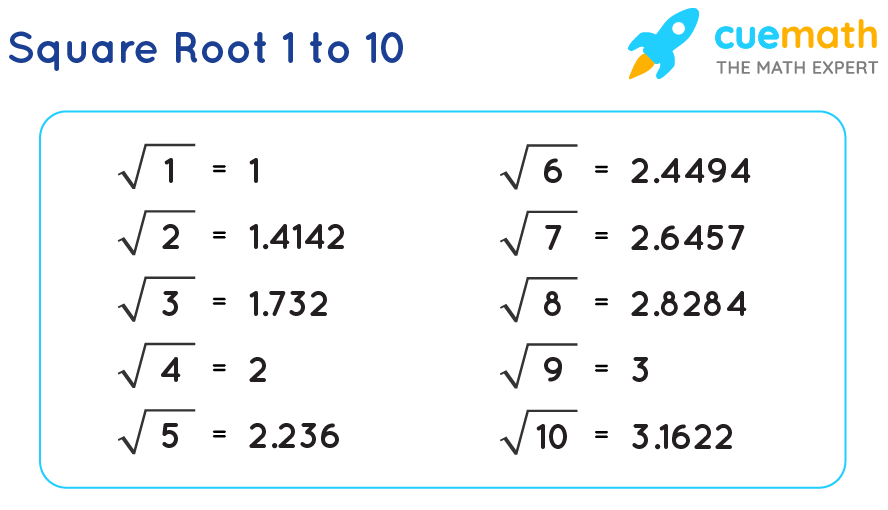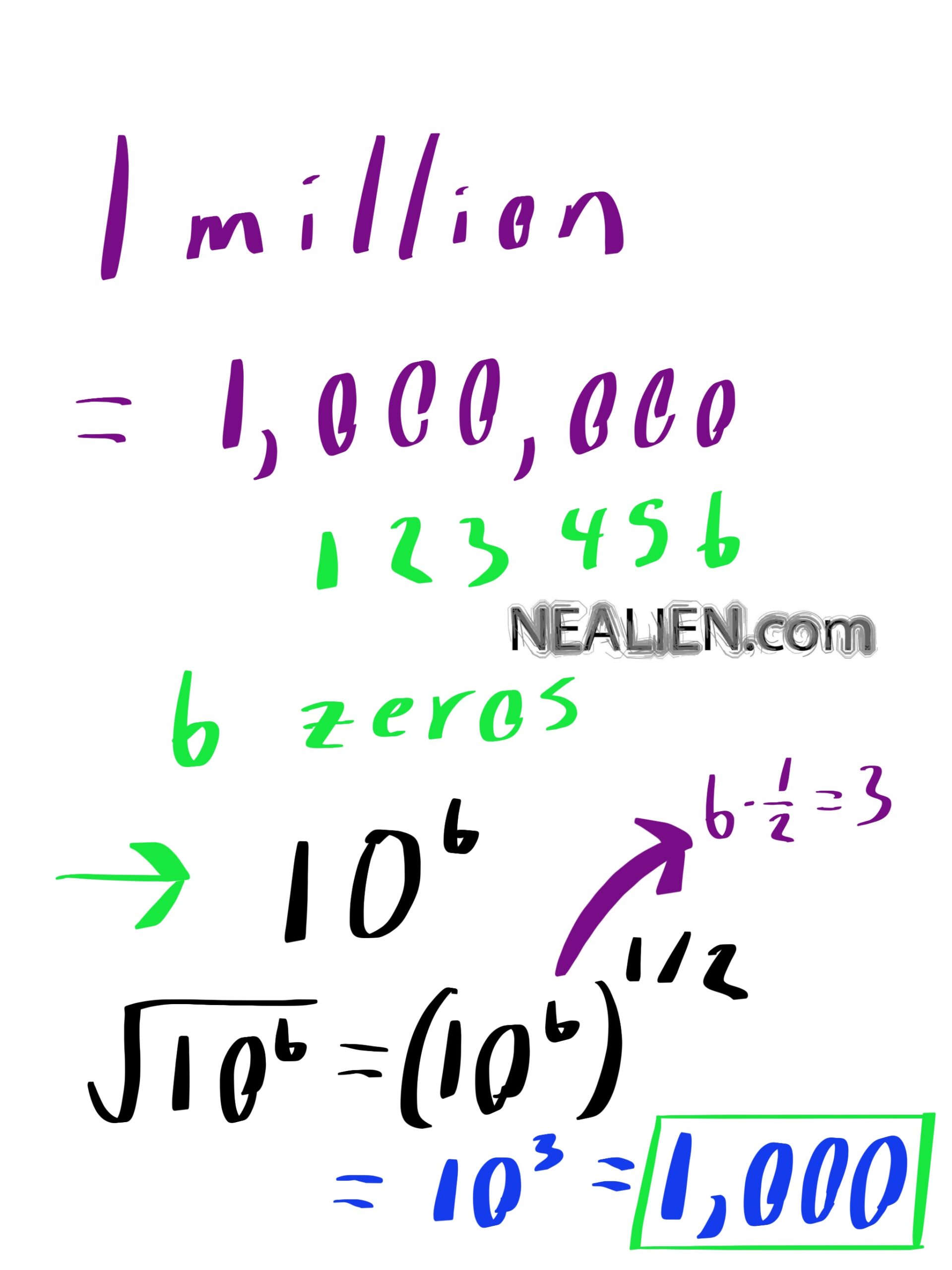Topic square root of 1 plus tan squared c: The mathematical expression "square root of 1 plus tan squared c" often appears in trigonometric identities. It simplifies to the absolute value of secant c (|sec c|). This simplification is a fundamental concept in trigonometry, connecting the tangent and secant functions through the Pythagorean identity.
Table of Content
- Simplifying Square Root of 1 Plus Tan Squared C
- Introduction to Trigonometric Identities
- The Pythagorean Identity
- Understanding \( \sqrt{1 + \tan^2(c)} \)
- Applications in Calculus
- Practical Examples and Problems
- Advanced Topics
- YOUTUBE: Video này sẽ hướng dẫn bạn cách tìm độ dài cạnh huyền trong tam giác vuông bằng cách sử dụng định lý Pythagore. Tham gia cùng Dave May để học cách tính toán đơn giản và hiệu quả!
Simplifying Square Root of 1 Plus Tan Squared C
The expression sqrt(1 + tan^2(C)) can be simplified using trigonometric identities.
Step-by-Step Simplification
- Recall the Pythagorean identity:
1 + tan^2(x) = sec^2(x). - Therefore,
sqrt(1 + tan^2(x))simplifies tosqrt(sec^2(x)). - Since the square root of secant squared is the absolute value of secant, we get:
sqrt(1 + tan^2(x)) = |sec(x)|.
Mathematical Representation Using MathJax
The simplified form of the given expression can be written as:
Explanation and Details
Using the identity 1 + tan^2(x) = sec^2(x) helps in transforming the given expression into a simpler form. This identity is fundamental in trigonometry and shows the relationship between tangent and secant functions.
The absolute value is considered because the secant function can be positive or negative depending on the angle, and the square root function always returns a non-negative result.
Additional Resources

READ MORE:
Introduction to Trigonometric Identities
Trigonometric identities are mathematical equations that involve trigonometric functions and are true for every value of the occurring variables. These identities are essential tools in trigonometry, simplifying complex expressions and solving trigonometric equations.
One of the most fundamental identities in trigonometry is derived from the Pythagorean theorem. The Pythagorean identity states:
$$\sin^2(\theta) + \cos^2(\theta) = 1$$
This identity serves as the basis for many other trigonometric identities. By manipulating and rearranging this equation, we can derive other useful identities, such as:
- $$\tan^2(\theta) + 1 = \sec^2(\theta)$$
- $$1 + \cot^2(\theta) = \csc^2(\theta)$$
Another crucial identity is the relationship between the tangent and secant functions:
$$\sqrt{1 + \tan^2(\theta)} = |\sec(\theta)|$$
Using these identities, we can simplify various trigonometric expressions and solve trigonometric equations effectively. For instance, the identity involving the square root of one plus the tangent squared of an angle is particularly useful in calculus and physics.
Trigonometric identities also extend to sum and difference formulas, which are vital in expanding and simplifying expressions involving the sine, cosine, and tangent of the sum or difference of two angles. These formulas include:
- $$\sin(\alpha \pm \beta) = \sin(\alpha)\cos(\beta) \pm \cos(\alpha)\sin(\beta)$$
- $$\cos(\alpha \pm \beta) = \cos(\alpha)\cos(\beta) \mp \sin(\alpha)\sin(\beta)$$
- $$\tan(\alpha \pm \beta) = \frac{\tan(\alpha) \pm \tan(\beta)}{1 \mp \tan(\alpha)\tan(\beta)}$$
Mastering these identities enhances problem-solving skills in trigonometry, making it easier to tackle more complex mathematical challenges.
The Pythagorean Identity
In trigonometry, the Pythagorean identity is fundamental and forms the basis of many other identities and equations. It is derived from the Pythagorean theorem and relates the squares of the sine and cosine functions to 1. The identity is expressed as:
\[
\sin^2(\theta) + \cos^2(\theta) = 1
\]
This identity is pivotal because it helps simplify and solve various trigonometric expressions and equations. Below are key steps and examples that illustrate the use of the Pythagorean identity:
- Step 1: Recognize that the identity \(\sin^2(\theta) + \cos^2(\theta) = 1\) holds for any angle \(\theta\).
- Step 2: Use algebraic manipulations to derive other related identities. For example, by dividing through by \(\cos^2(\theta)\), we get: \[ \tan^2(\theta) + 1 = \sec^2(\theta) \] Similarly, dividing through by \(\sin^2(\theta)\) yields: \[ 1 + \cot^2(\theta) = \csc^2(\theta) \]
- Step 3: Apply these identities to simplify expressions. For instance, the expression \(\sqrt{1 + \tan^2(x)}\) can be simplified using the identity \(\tan^2(x) + 1 = \sec^2(x)\): \[ \sqrt{1 + \tan^2(x)} = \sqrt{\sec^2(x)} = |\sec(x)| \]
Understanding and using the Pythagorean identity and its derived forms are essential skills in trigonometry, enabling the simplification of complex trigonometric expressions and solving equations efficiently.
Understanding \( \sqrt{1 + \tan^2(c)} \)
The expression \( \sqrt{1 + \tan^2(c)} \) is a fundamental identity in trigonometry. This can be simplified using the Pythagorean trigonometric identity, which relates the trigonometric functions tangent and secant. Here's a step-by-step explanation:
-
Recognize the Pythagorean Identity for tangent and secant:
\(\tan^2(c) + 1 = \sec^2(c)\)
-
Substitute \(\sec^2(c)\) for \(1 + \tan^2(c)\):
\( \sqrt{1 + \tan^2(c)} = \sqrt{\sec^2(c)} \)
-
Simplify the square root of \(\sec^2(c)\):
\( \sqrt{\sec^2(c)} = |\sec(c)| \)
Thus, the simplified form of \( \sqrt{1 + \tan^2(c)} \) is \( |\sec(c)| \). This identity is crucial in various trigonometric applications and helps in simplifying complex trigonometric expressions.
In the context of trigonometry, the secant function, denoted as \(\sec(c)\), is the reciprocal of the cosine function:
\(\sec(c) = \frac{1}{\cos(c)}\)
Using this identity can greatly simplify solving trigonometric equations and understanding the relationships between different trigonometric functions.
Applications in Calculus
The expression \( \sqrt{1 + \tan^2(c)} \) frequently appears in calculus, particularly in problems involving integrals and trigonometric substitutions. This term can be simplified using trigonometric identities and is instrumental in solving complex integrals. Here are some key applications:
-
Integral Simplification: The identity \( 1 + \tan^2(x) = \sec^2(x) \) allows us to simplify integrals involving \( \sqrt{1 + \tan^2(x)} \) to \( \sec(x) \), which can then be integrated using standard techniques.
-
Trigonometric Substitution: In integrals of the form \( \int \sqrt{a^2 + x^2} \, dx \), substituting \( x = a \tan(\theta) \) transforms the integrand into a simpler trigonometric form. For instance, in the integral \( \int \sqrt{1 + \tan^2(\theta)} \, d\theta \), we use \( \sqrt{1 + \tan^2(\theta)} = \sec(\theta) \) to facilitate easier integration.
-
Evaluation of Definite Integrals: Definite integrals involving \( \sqrt{1 + \tan^2(x)} \) can be evaluated by recognizing this expression as \( \sec(x) \). For example, \( \int_{a}^{b} \sqrt{1 + \tan^2(x)} \, dx \) can be rewritten and evaluated as \( \int_{a}^{b} \sec(x) \, dx \).
-
Area Calculation: The formula is used to find the area under curves involving square roots of trigonometric expressions. For example, the integral \( \int_{0}^{\pi/4} \sec(x) \, dx \) can be computed to find the area under the curve from 0 to \( \pi/4 \).
Understanding and applying the identity \( \sqrt{1 + \tan^2(c)} \) is crucial for solving a wide range of problems in calculus efficiently and accurately.

Practical Examples and Problems
The expression \( \sqrt{1 + \tan^2(c)} \) is fundamental in various trigonometric problems and applications. Below are practical examples and problems to illustrate its use and significance.
-
Example 1: Simplifying Trigonometric Expressions
Consider the trigonometric expression \( \sqrt{1 + \tan^2(\theta)} \). Using the Pythagorean identity, this expression simplifies to \( \sec(\theta) \). This is because \( 1 + \tan^2(\theta) = \sec^2(\theta) \), hence \( \sqrt{1 + \tan^2(\theta)} = \sqrt{\sec^2(\theta)} = \sec(\theta) \).
-
Example 2: Solving Trigonometric Equations
To solve the equation \( \sqrt{1 + \tan^2(x)} = 2 \), we first recognize that \( \sqrt{1 + \tan^2(x)} = \sec(x) \). Therefore, the equation becomes \( \sec(x) = 2 \), leading to \( \cos(x) = \frac{1}{2} \). The solutions for \( x \) are \( x = \pm \frac{\pi}{3} + 2k\pi \) for any integer \( k \).
-
Example 3: Applications in Integration
When integrating trigonometric functions, the identity \( 1 + \tan^2(x) = \sec^2(x) \) is useful. For instance, to integrate \( \int \sec^3(x) \, dx \), we can rewrite it as \( \int \sec(x) \cdot \sec^2(x) \, dx \). Using substitution \( u = \tan(x) \), \( du = \sec^2(x) \, dx \), the integral simplifies to \( \int \sec(x) \, du \), making it easier to solve.
-
Problem 1: Verify the Identity
Prove that \( \sqrt{1 + \tan^2(\alpha)} = \sec(\alpha) \). Start with the Pythagorean identity \( 1 + \tan^2(\alpha) = \sec^2(\alpha) \). Taking the square root of both sides, we get \( \sqrt{1 + \tan^2(\alpha)} = \sqrt{\sec^2(\alpha)} \), hence \( \sqrt{1 + \tan^2(\alpha)} = \sec(\alpha) \).
-
Problem 2: Trigonometric Transformations
Transform the expression \( \sqrt{1 + \tan^2(\theta)} \) into a single trigonometric function and simplify. Recognize that \( \sqrt{1 + \tan^2(\theta)} = \sec(\theta) \), thus the expression simplifies directly to \( \sec(\theta) \).
Advanced Topics
In this section, we delve deeper into the advanced applications and theoretical aspects of the expression \( \sqrt{1 + \tan^2(c)} \). This expression is fundamentally linked to trigonometric identities and can be extended to more complex mathematical problems and proofs.
One of the advanced concepts involves understanding how this expression relates to the Pythagorean identities in trigonometry, which are pivotal in various fields of mathematics and physics. By exploring these advanced topics, we aim to provide a comprehensive understanding of the expression and its significance.
1. Trigonometric Identities and Proofs
- Proving \( 1 + \tan^2(x) = \sec^2(x) \)
- Applications in solving trigonometric equations
- Extensions to hyperbolic functions
2. Calculus and Beyond
- Integration involving \( \sqrt{1 + \tan^2(x)} \)
- Derivatives of trigonometric functions
- Applications in differential equations
3. Complex Analysis
- Using trigonometric identities in complex number calculations
- Euler's formula and its connections
4. Practical Applications
- Engineering problems involving trigonometric identities
- Physics applications such as wave mechanics and optics
- Computer science algorithms for graphics and simulations
Video này sẽ hướng dẫn bạn cách tìm độ dài cạnh huyền trong tam giác vuông bằng cách sử dụng định lý Pythagore. Tham gia cùng Dave May để học cách tính toán đơn giản và hiệu quả!
Tìm Độ Dài Cạnh Huyền Bằng Định Lý Pythagore | Dave May Giảng Dạy
READ MORE:
Video này sẽ hướng dẫn bạn cách tính tích phân dt/(cos^2 t sqrt(1+ tan t)) bằng cách sử dụng quy tắc thay thế. Tham gia để nắm vững phương pháp tính tích phân một cách hiệu quả!
Tính Tích Phân dt/(cos^2 t sqrt(1+ tan t)) Bằng Quy Tắc Thay Thế











